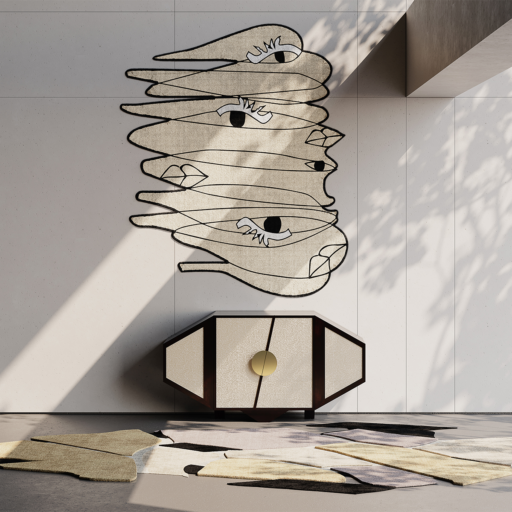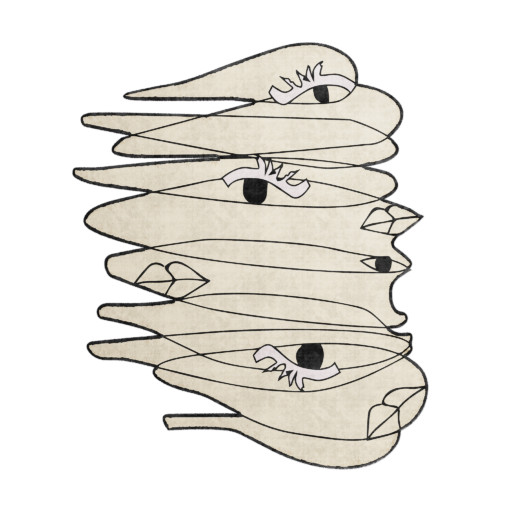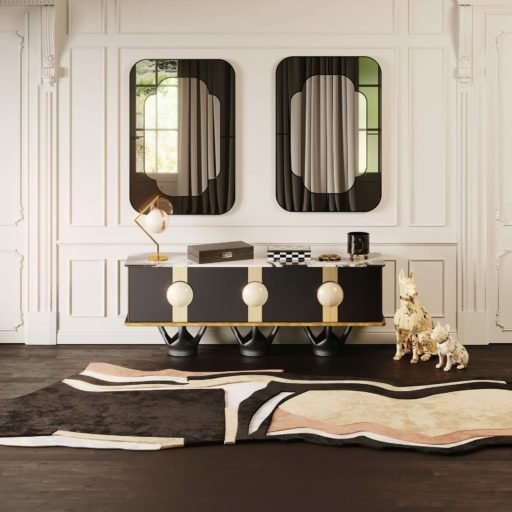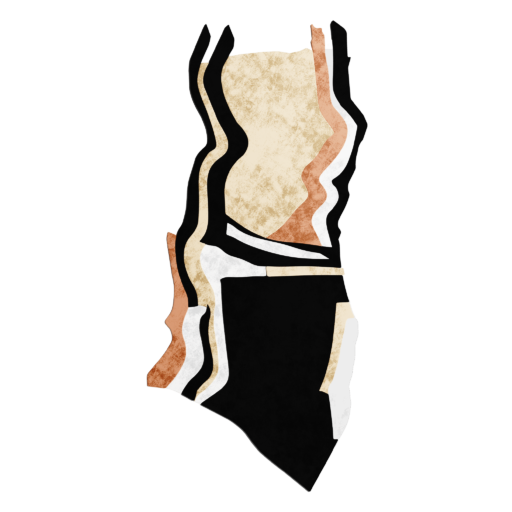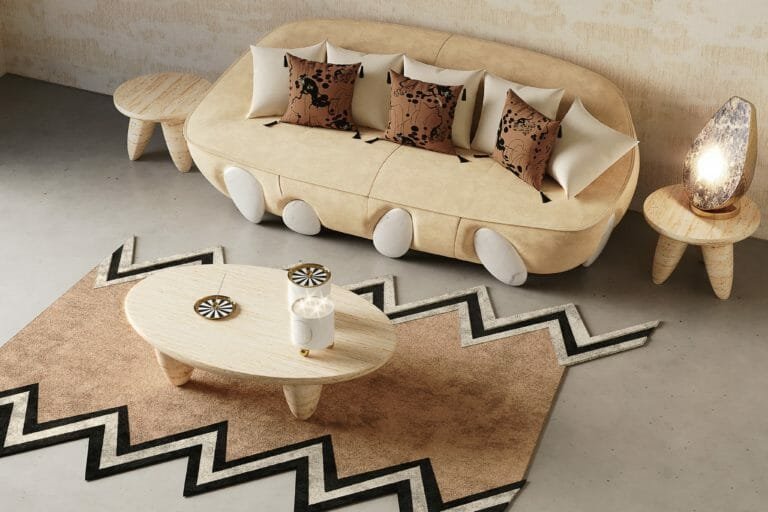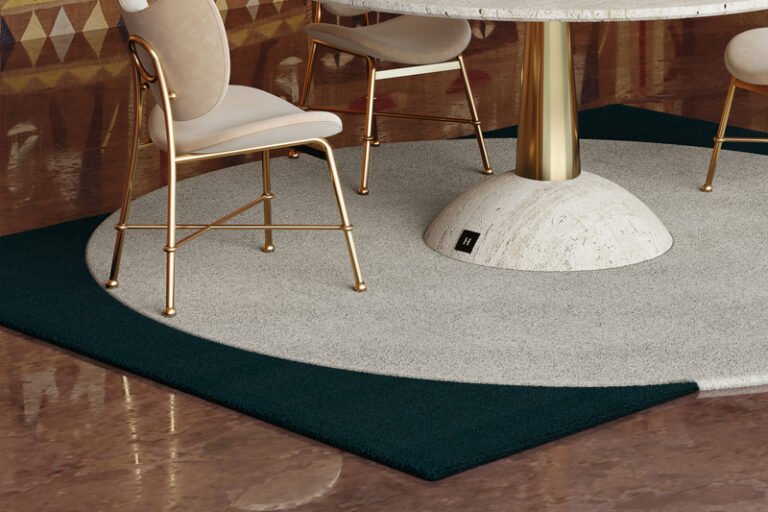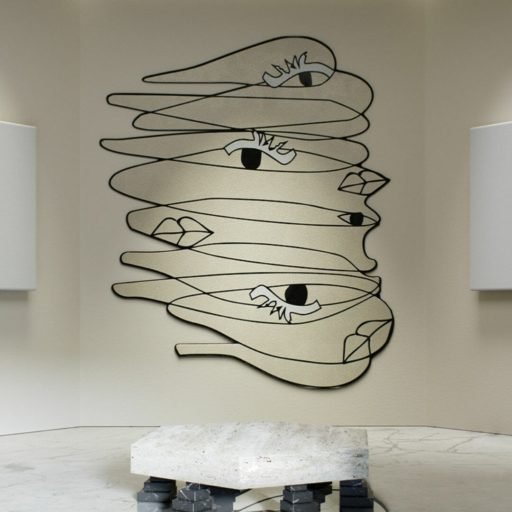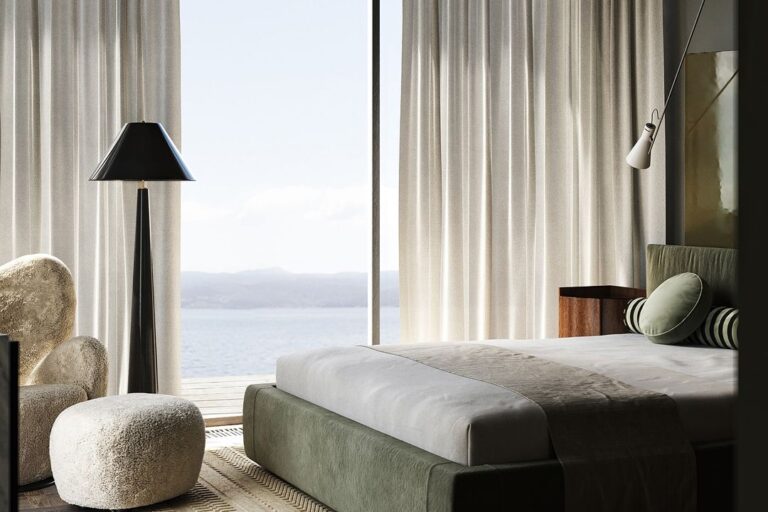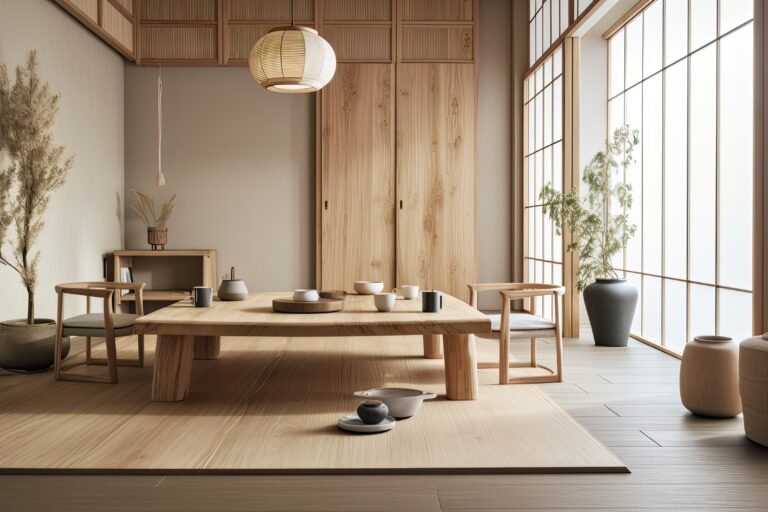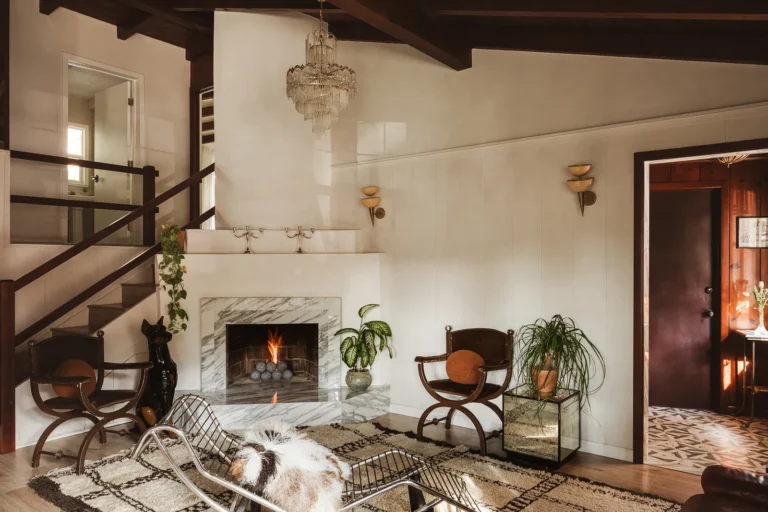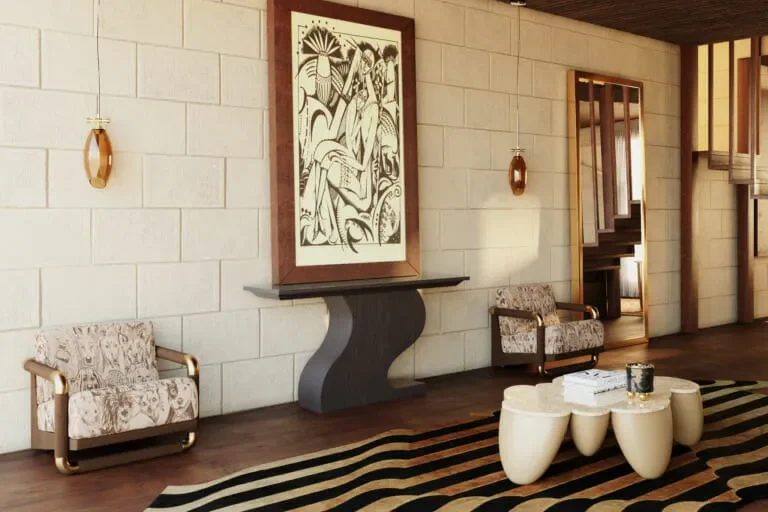Explore the profound impact of sensory elements on rug selection. Learn how texture, color, and design contribute to comfort and ambiance in any space. Dive into the sensory world of rugs with us!
In the tapestry of home decor, rugs play a foundational role not just in the aesthetics of our spaces but also in the sensory experience they provide. For individuals with sensory sensitivities, these pieces become more than just decor; they are a vital element in creating a comforting and supportive environment. Understanding the interplay between rug design and sensory needs opens up new avenues for inclusive interior design practices that cater to everyone, especially those for whom the world feels a bit too loud or too harsh.
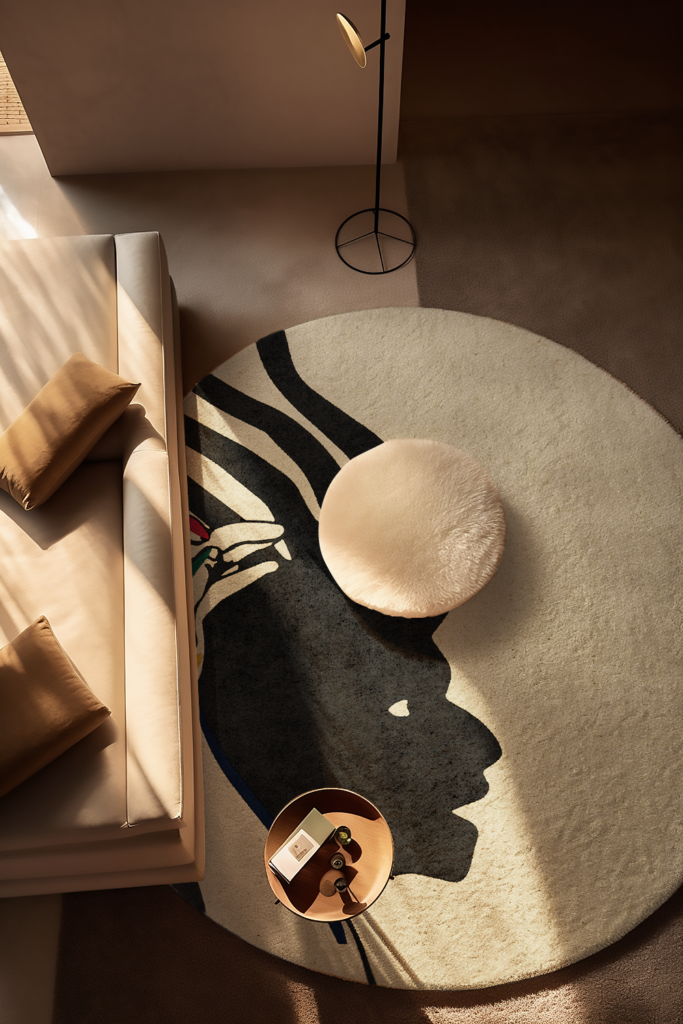
Visual (Sight)
Enhancing Visual Comfort
- Color Therapy: Colors have a profound impact on our emotions and psychological well-being. Rugs in calming colors such as blues, greens, and soft earth tones can create a sense of tranquility in a room. Conversely, vibrant colors like reds and oranges can energize a space. For individuals sensitive to visual stimuli, soft, muted colors can help reduce sensory overload, contributing to a serene environment.
- Visual Clarity and Order: Rugs with clear, simple patterns or solid colors can reduce visual noise, making spaces appear less cluttered and more orderly. This simplicity can be particularly comforting to individuals who find complex patterns and bright colors overwhelming. It’s about striking a balance between aesthetic appeal and visual calmness.
Defining Spaces
- Spatial Organization: Rugs can help define areas within a larger space, providing visual cues that organize and differentiate functional areas without the need for physical barriers. This can be especially helpful in open-plan living areas where distinct zones for dining, lounging, and working are demarcated through different rugs. For someone with visual sensory sensitivities, this clear delineation helps manage spatial perception and reduces cognitive overload.
- Safety and Navigation: For individuals with visual impairments or those who rely heavily on visual cues to navigate spaces, contrasting rug colors can delineate paths or highlight the presence of furniture and other obstacles. This use of color and texture contrast can aid in safe movement within a space.
Improving Focus and Reducing Cognitive Load
- Minimizing Distractions: In environments where concentration is key, such as classrooms or home offices, rugs can play a critical role in minimizing visual distractions. By choosing designs with minimal patterns and soothing colors, it’s possible to reduce visual stimuli that might otherwise divert attention or cause discomfort.
- Enhancing Learning and Play: In educational settings or children’s rooms, rugs with educational designs (such as maps or letters) can stimulate learning and play without overwhelming the senses. The key is selecting designs that are engaging but not overly complex or brightly colored, which could be distracting or overwhelming for some children, particularly those with ADHD or autism spectrum disorder.
Comfort and Perception
- Softening Environments: Beyond their visual appeal, the texture of rugs can also influence perception and comfort. A plush rug can make a room feel warmer and more inviting, not just to touch but also to the eye. This sensory feedback can reinforce a sense of security and comfort, essential in spaces designed for relaxation or therapy.
- Acoustic Dampening: While primarily a tactile and visual element, the role of rugs in dampening sound can also indirectly benefit visual sensory processing. By reducing noise, rugs help create a quieter space, which can reduce the overall sensory load, allowing individuals to focus more easily on visual tasks without auditory distractions.
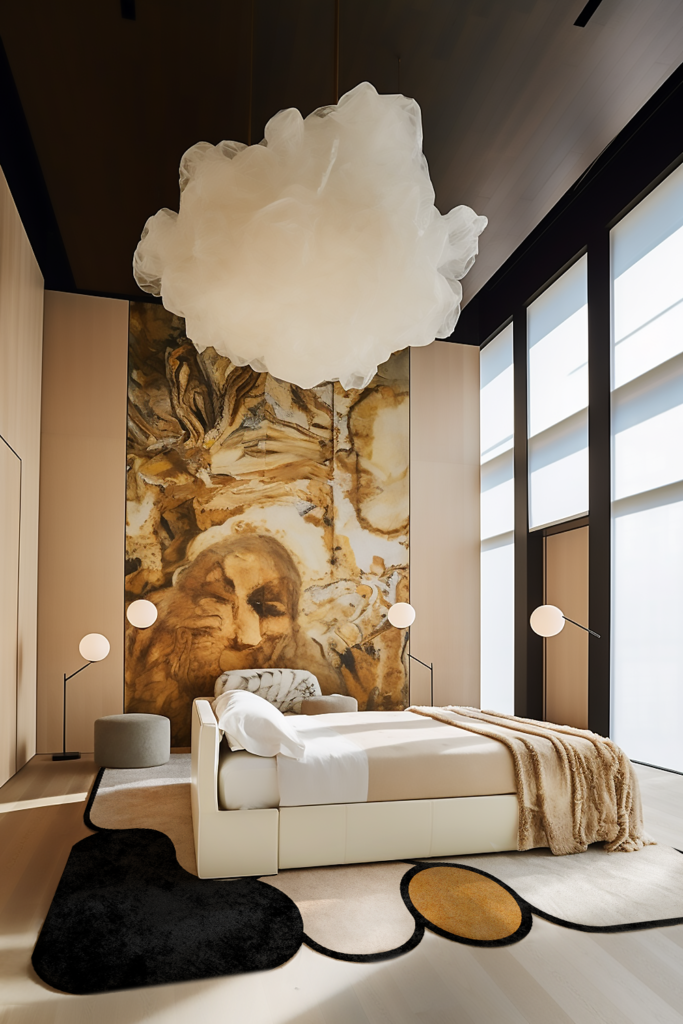
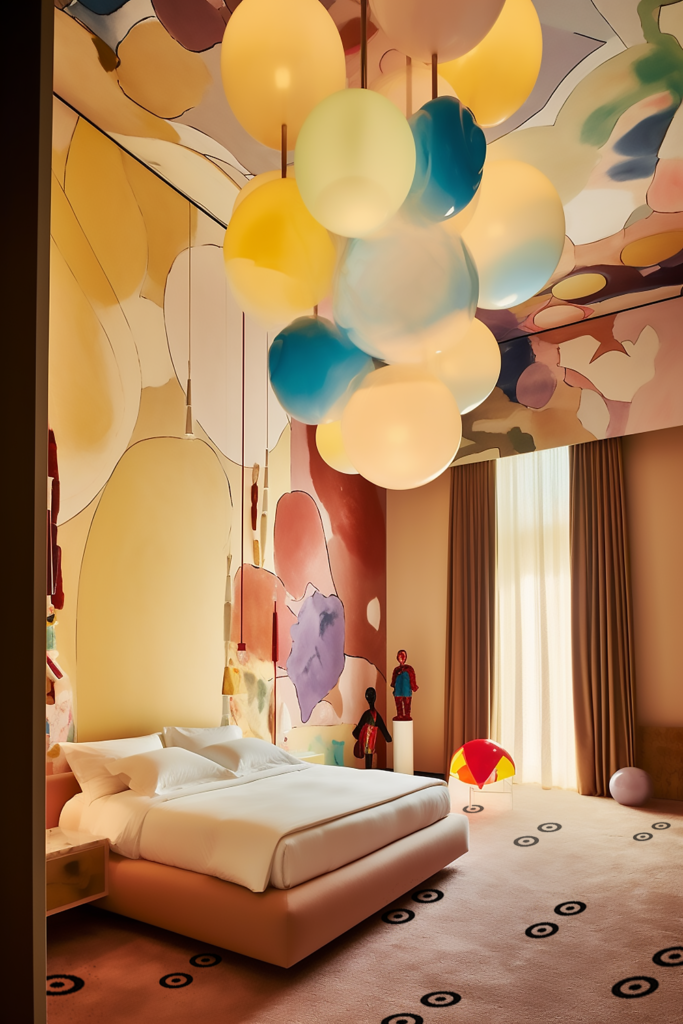
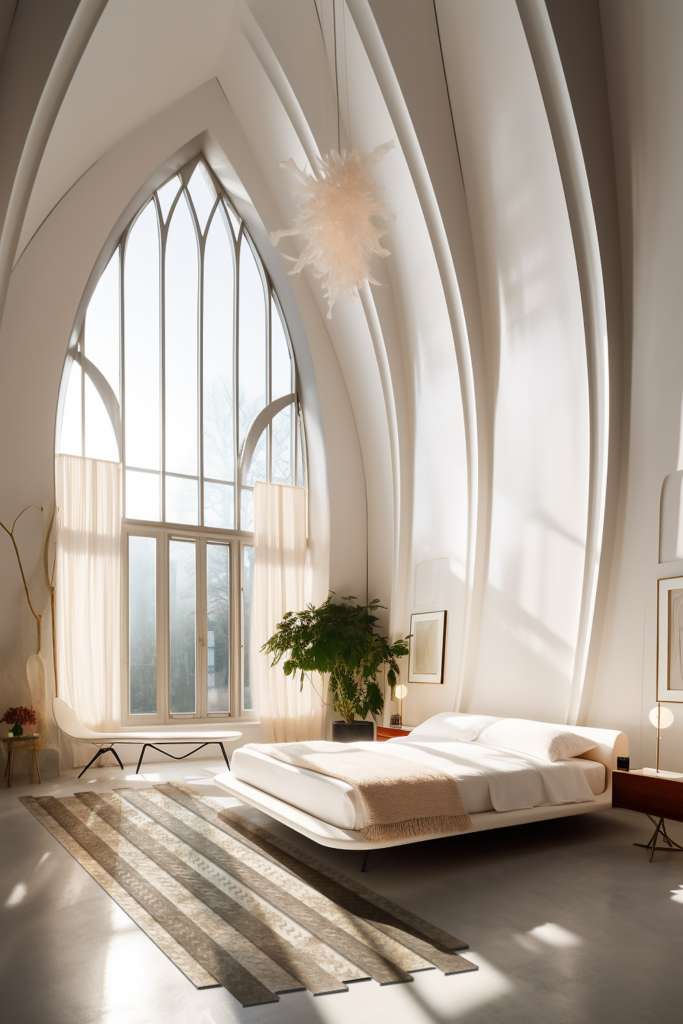
Auditory (Hearing)
Sound Absorption
- Reducing Echoes: Hard surfaces like floors and walls can cause sound to bounce around, creating echoes and reverberations that may be overwhelming for individuals with auditory sensitivities. Rugs absorb sound, helping to dampen echoes and create a quieter environment.
- Improved Acoustics: In rooms with poor acoustics, such as those with high ceilings or sparse furnishings, rugs can help improve sound quality by reducing unwanted noise reflections. This can make it easier for individuals to communicate, concentrate, or relax without being distracted by excessive background noise.
Noise Reduction
- Minimizing Impact Noise: Impact noise, such as footsteps or furniture being moved, can be disruptive and stressful for individuals with auditory sensitivities. Rugs act as a barrier between the floor and the source of impact, helping to dampen these noises and create a more peaceful environment.
- Blocking External Sounds: A rug can also help block out external sounds from neighboring rooms or outdoor environments, providing a sense of privacy and tranquility within the space.
Creating a Soothing Atmosphere
- Softening Harsh Sounds: Some individuals may find certain sounds, such as loud appliances or mechanical noises, to be distressing. Rugs help soften these harsh sounds, making them less jarring and creating a more comfortable environment.
- Promoting Relaxation: By reducing unwanted noise and creating a quieter, more peaceful atmosphere, rugs can contribute to a sense of relaxation and well-being. This can be particularly beneficial in spaces like bedrooms or living rooms where individuals go to unwind and recharge.
Design Considerations
- Material Choice: The material of the rug can impact its acoustic properties. Thicker, denser materials like wool or shag rugs tend to offer better sound absorption than thinner, less dense materials.
- Placement: Placing rugs strategically in areas where noise is most problematic, such as hallways or common areas, can maximize their effectiveness in reducing auditory stimuli.
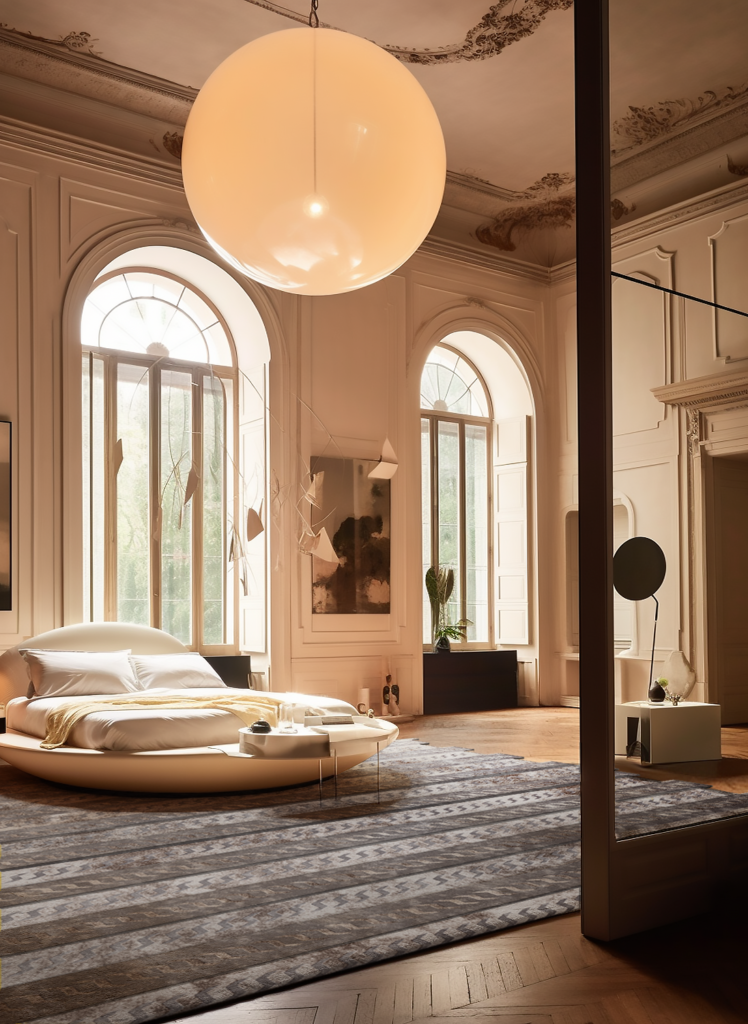
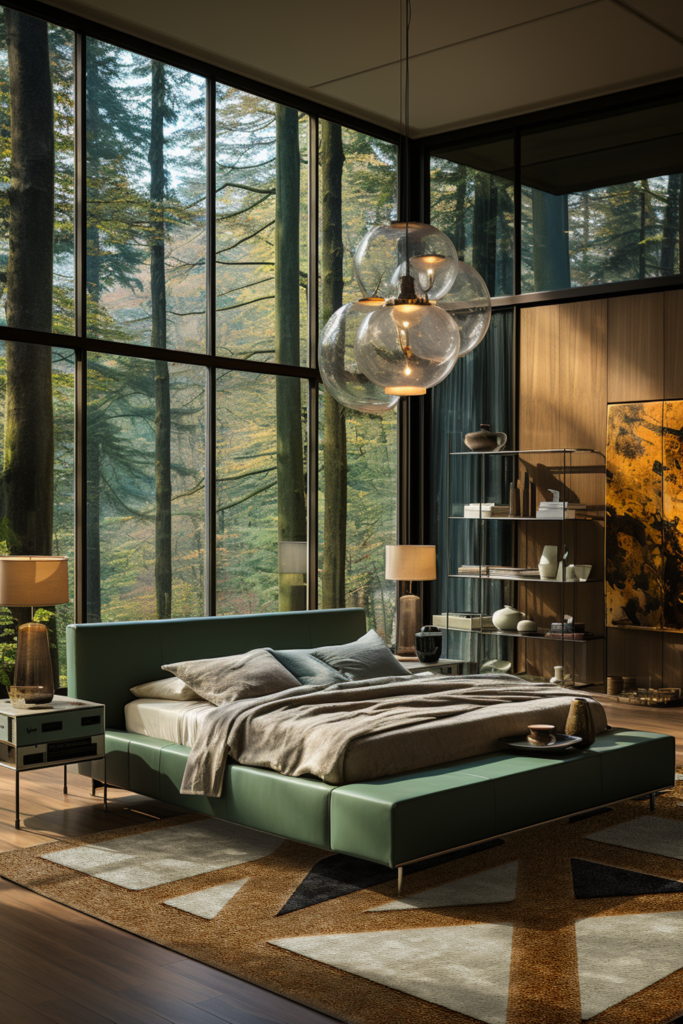

Tactile (Touch)
Providing Comfort and Security
- Softness Underfoot: The immediate tactile sensation of a soft rug underfoot can provide a sense of comfort and warmth, especially in comparison to cold, hard floors. This physical comfort can be soothing and offer a sense of security, particularly in living areas or bedrooms where people often seek relaxation.
- Texture Variety: Rugs come in a wide array of textures, from smooth and silky to plush and shaggy. This variety can stimulate tactile exploration and provide sensory experiences that can be calming or stimulating, depending on the individual’s needs. For someone with tactile sensitivities or sensory processing challenges, the right rug texture can offer therapeutic benefits, helping to ground and soothe them.
Enhancing Spatial Awareness
- Defining Spaces: Through their placement and texture, rugs can help delineate different areas within a larger space, offering cues that enhance spatial awareness. For individuals who benefit from clear physical boundaries to feel oriented and secure, a rug can provide a subtle yet effective sensory boundary.
- Sensory Pathways: In settings like classrooms or therapeutic environments, rugs with different textures can create tactile pathways for sensory walks, which can be particularly beneficial for children with sensory processing disorders. Walking barefoot on these rugs allows for sensory integration activities that can help improve focus, balance, and sensory regulation.
Reducing Sensory Overload
- Dampening Vibrations: Beyond their tactile benefits, rugs can also reduce vibrations and noise levels, which can indirectly influence tactile sensory experiences by creating a more serene environment. For individuals who are sensitive to tactile and auditory input, this can make a significant difference in their comfort levels.
Supporting Health and Safety
- Non-Slip Surface: Rugs can offer a safer walking surface, reducing the risk of slips and falls, especially on slippery floors. This aspect is particularly important for individuals with mobility issues or those who require extra stability and security underfoot.
- Allergen Reduction: While it’s important to choose rugs that are easy to clean and hypoallergenic, the right rug can also trap dust and allergens, potentially reducing their presence in the air. For individuals sensitive to tactile sensations on their skin, minimizing exposure to allergens can contribute to overall comfort.
Considerations for Choosing Rugs for Tactile Sensitivity
- Material: Natural fibers like wool, cotton, or silk might offer a more comfortable tactile experience compared to synthetic materials, which can sometimes feel harsh or irritate sensitive skin.
- Weave: The way a rug is woven affects its texture; a tighter weave might offer a smoother surface, while a looser weave can provide a more pronounced texture for sensory exploration.
- Maintenance: For individuals with tactile sensitivities, the feel of a clean rug versus one that’s dirty or matted can make a big difference in comfort. Easy-to-clean rug options can help maintain a consistent tactile experience.
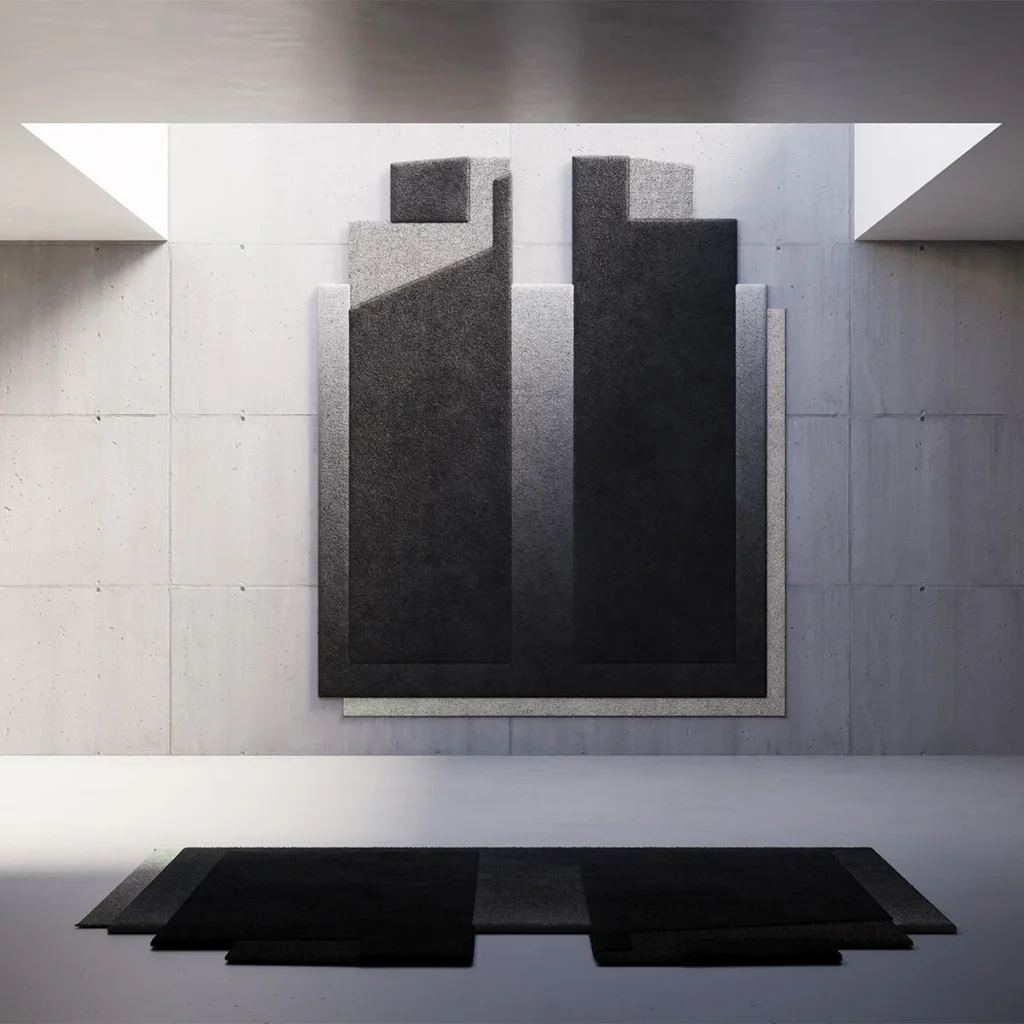
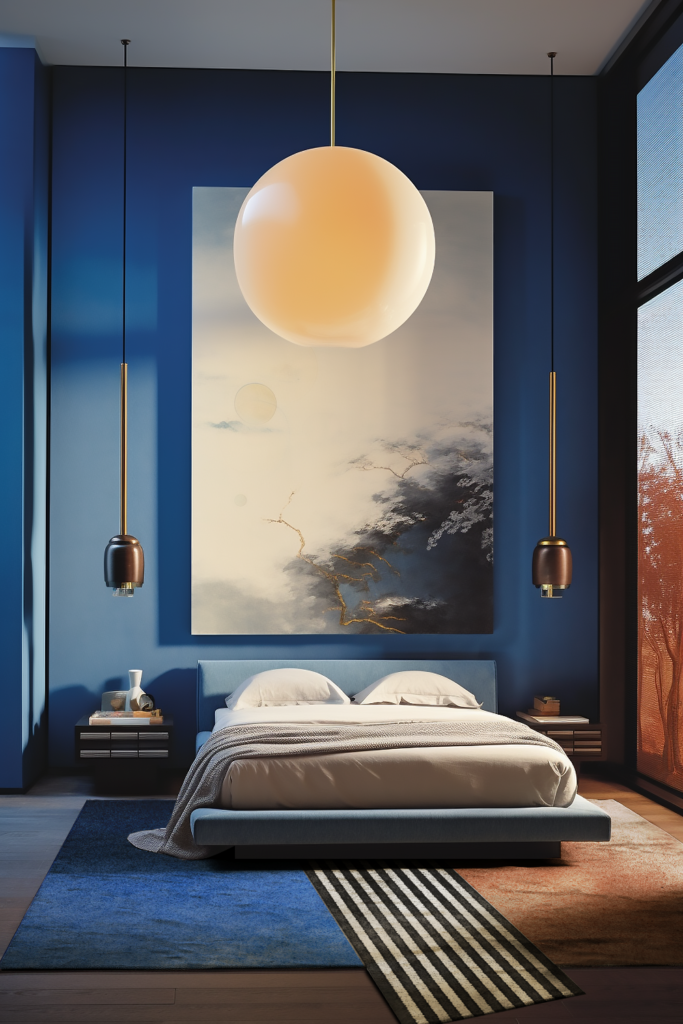
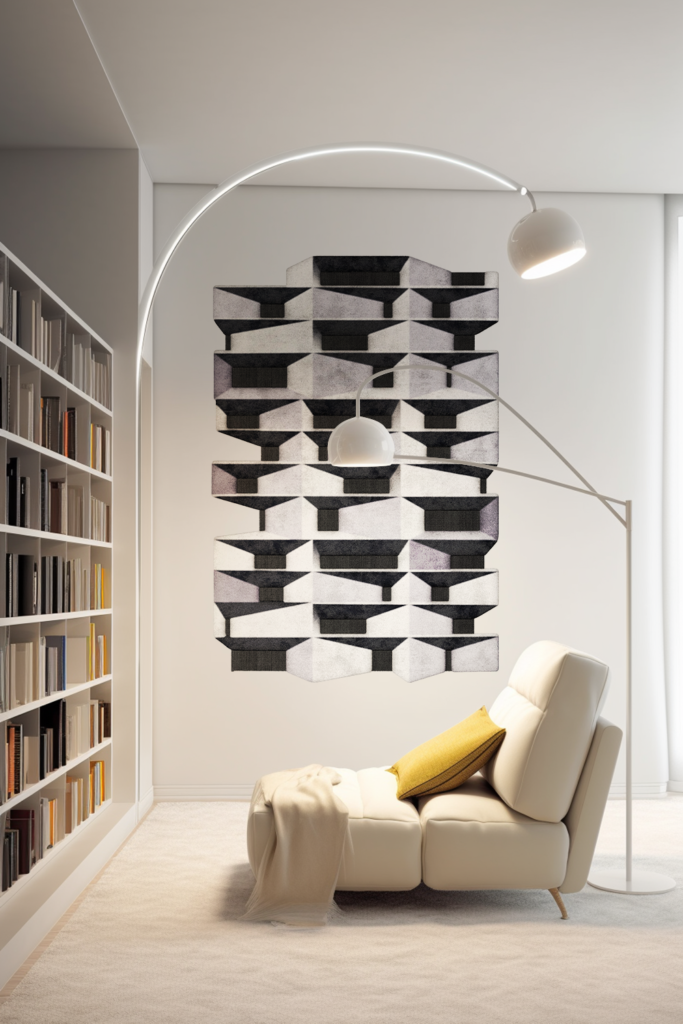
Olfactory (Smell)
Direct Influence on Smell
- Natural Fiber Rugs: Rugs made from natural fibers such as wool, cotton, jute, and sisal can have a subtle, natural scent that may be preferable to the chemical smell often associated with new synthetic rugs. These natural scents can enhance the feeling of being in a clean, fresh environment without the use of artificial fragrances.
- Absorbing Odors: Rugs can act as odor absorbers, trapping dust, pet dander, and other particulates that might carry odors. While this can help clean the air to a degree, it also highlights the importance of regular cleaning and maintenance to prevent the rug from becoming a source of unpleasant smells.
Indirect Influence on Smell
- Aromatherapy and Scented Treatments: Some rugs can be treated with natural oils or be used in conjunction with aromatherapy practices. Placing a few drops of essential oils on rug corners or using a diffuser in the room can complement the natural materials of the rug, contributing to an overall sense of calm and well-being through carefully chosen scents.
- Moisture and Mold Prevention: In damp environments, rugs, especially those made of natural fibers, can absorb moisture, which may help prevent the growth of mold and mildew that can produce musty odors. However, it’s crucial to ensure that rugs are kept dry and clean to avoid the rug itself becoming a source of bad smells.
Health and Safety Considerations
- Low-VOC (Volatile Organic Compounds) Rugs: Choosing rugs with low VOC emissions is important, as some new rugs can off-gas chemicals that not only smell unpleasant but can also be harmful to health, particularly for those with chemical sensitivities or respiratory conditions. Natural fiber rugs typically have lower VOC levels compared to synthetic ones.
- Hypoallergenic Properties: For individuals sensitive to smells due to allergies or respiratory issues, hypoallergenic rugs that resist mold, mildew, and dust mites can help maintain a neutral olfactory environment, reducing the potential for irritation or allergic reactions.
Enhancing the Olfactory Environment
- Regular Cleaning: To ensure rugs contribute positively to the olfactory environment, regular cleaning is essential. This removes accumulated dirt, dust, and odors, keeping the rug smelling fresh and contributing to the overall air quality of the space.
- Choosing the Right Underlay: A quality underlay not only adds comfort and extends the life of a rug but can also protect against moisture buildup and mold growth underneath the rug, helping to maintain a neutral and pleasant olfactory environment.
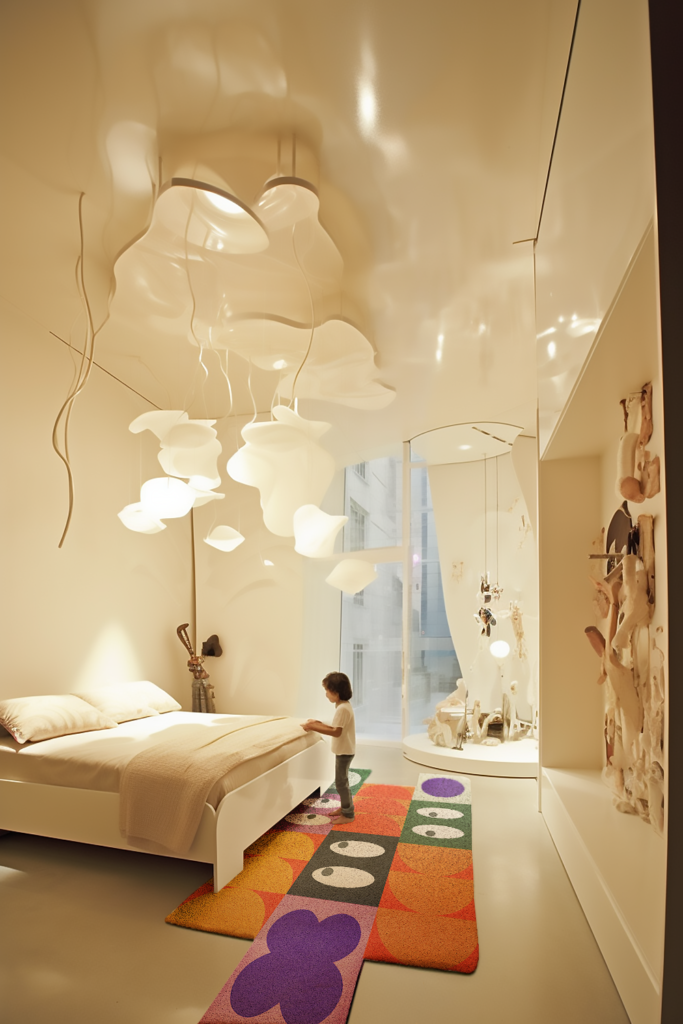
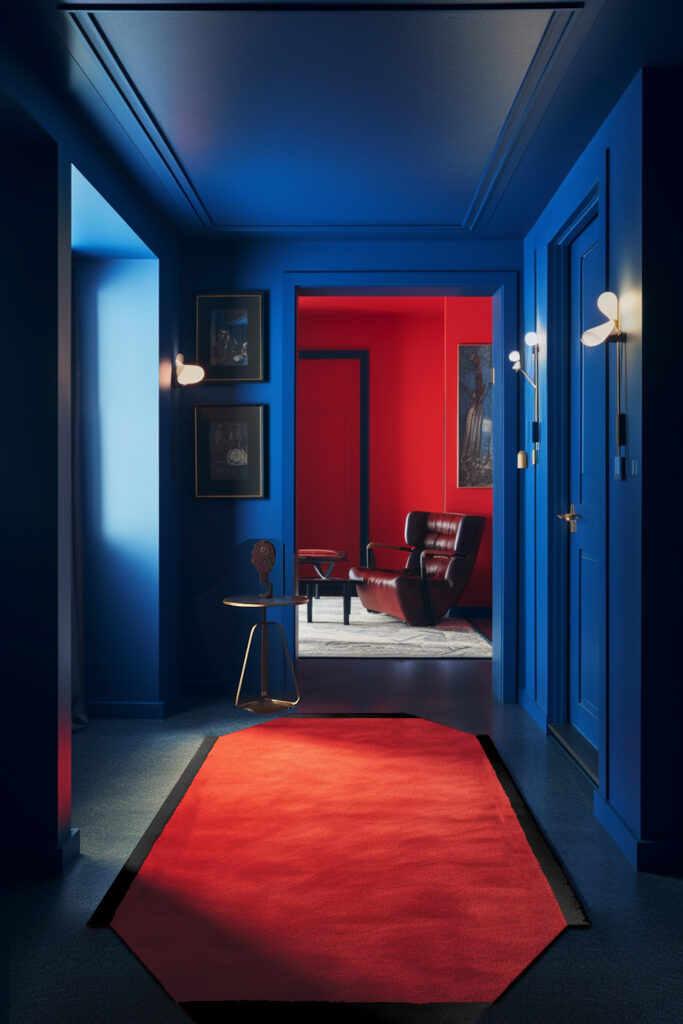
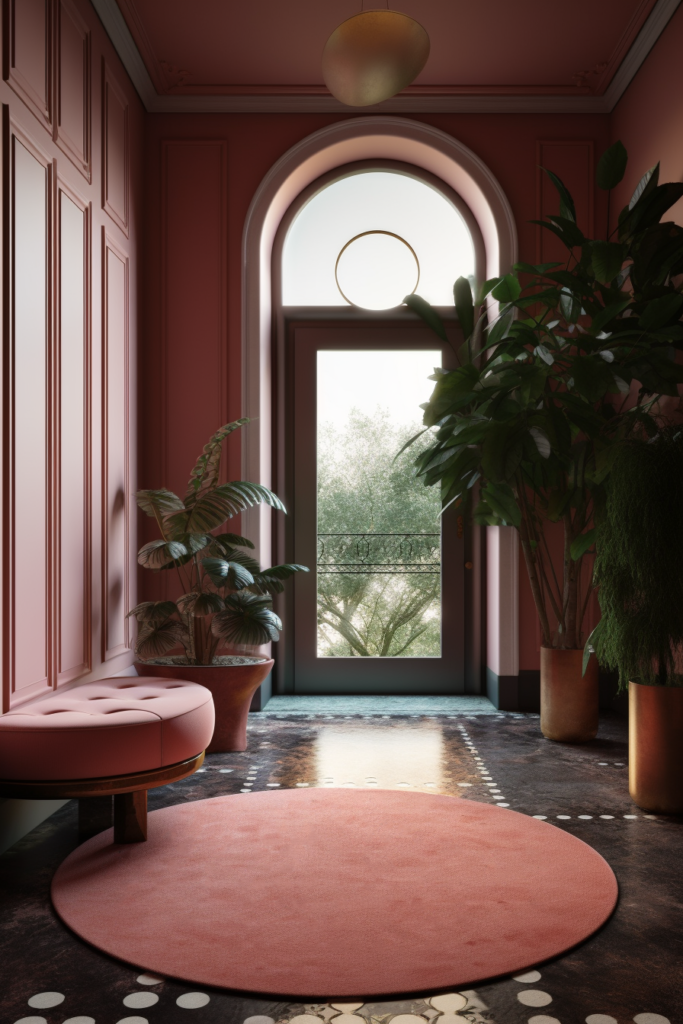
The thoughtful selection of a rug can profoundly influence sensory experiences, enhancing comfort and well-being in any space. Through its ability to absorb sound, provide tactile comfort, introduce calming visuals, and even impact the olfactory environment, a single piece can be pivotal in creating a more inclusive, serene, and sensory-friendly atmosphere.
If you liked this article and found it useful, try this one: Scandinavian Rugs Design: Mastering Simplicity

